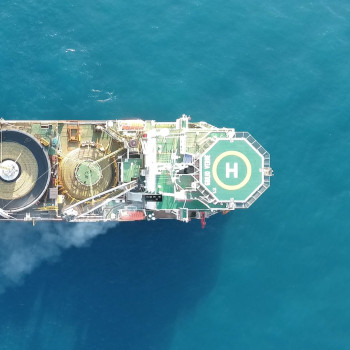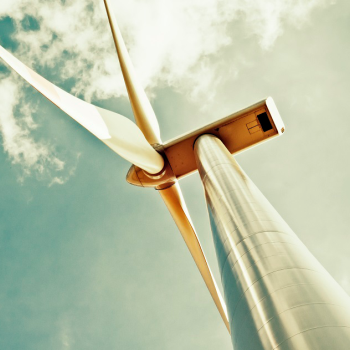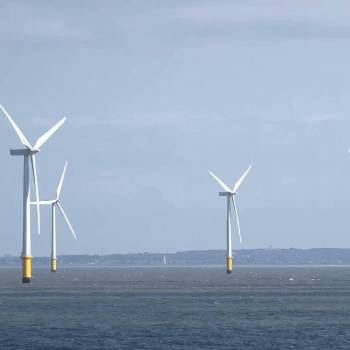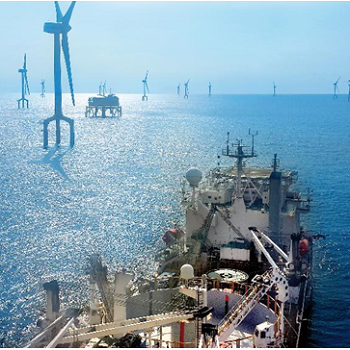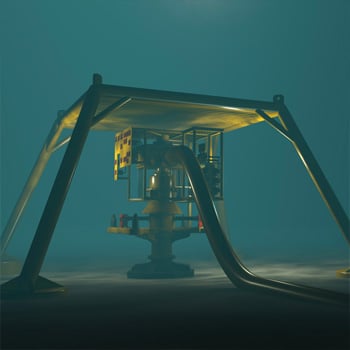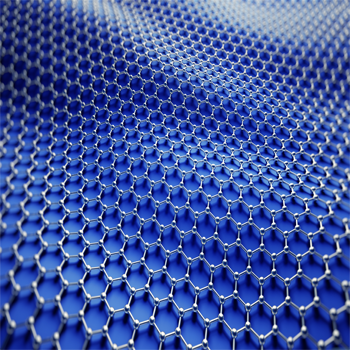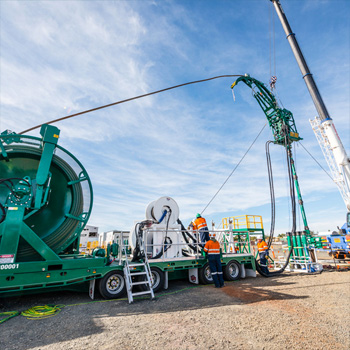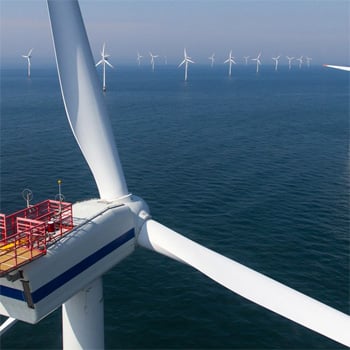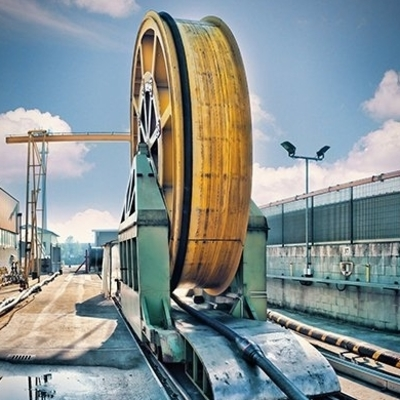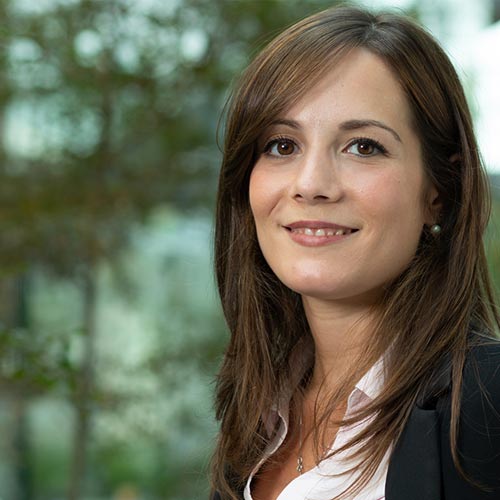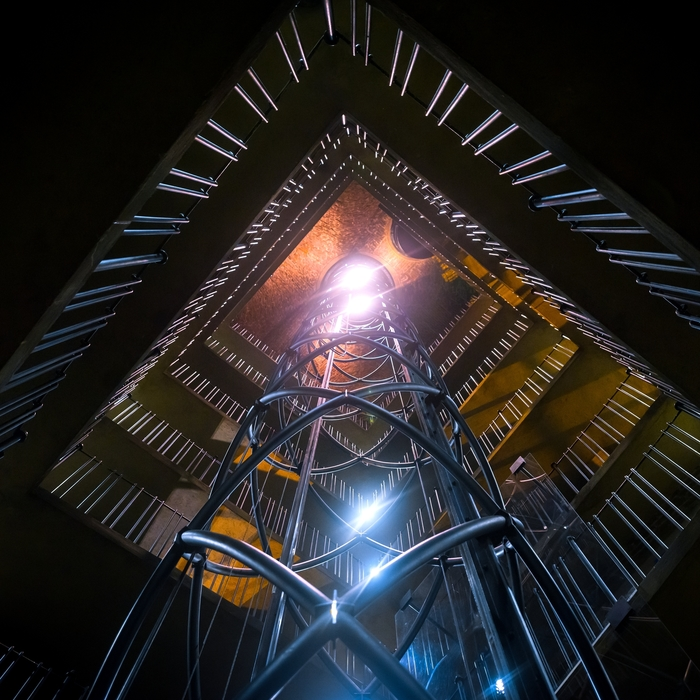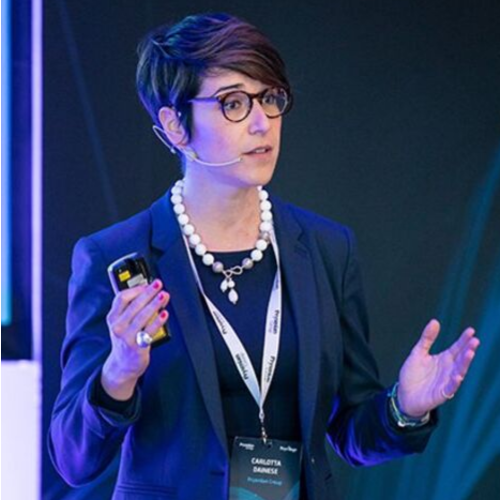R&D at Prysmian Group: changing the face of engineering
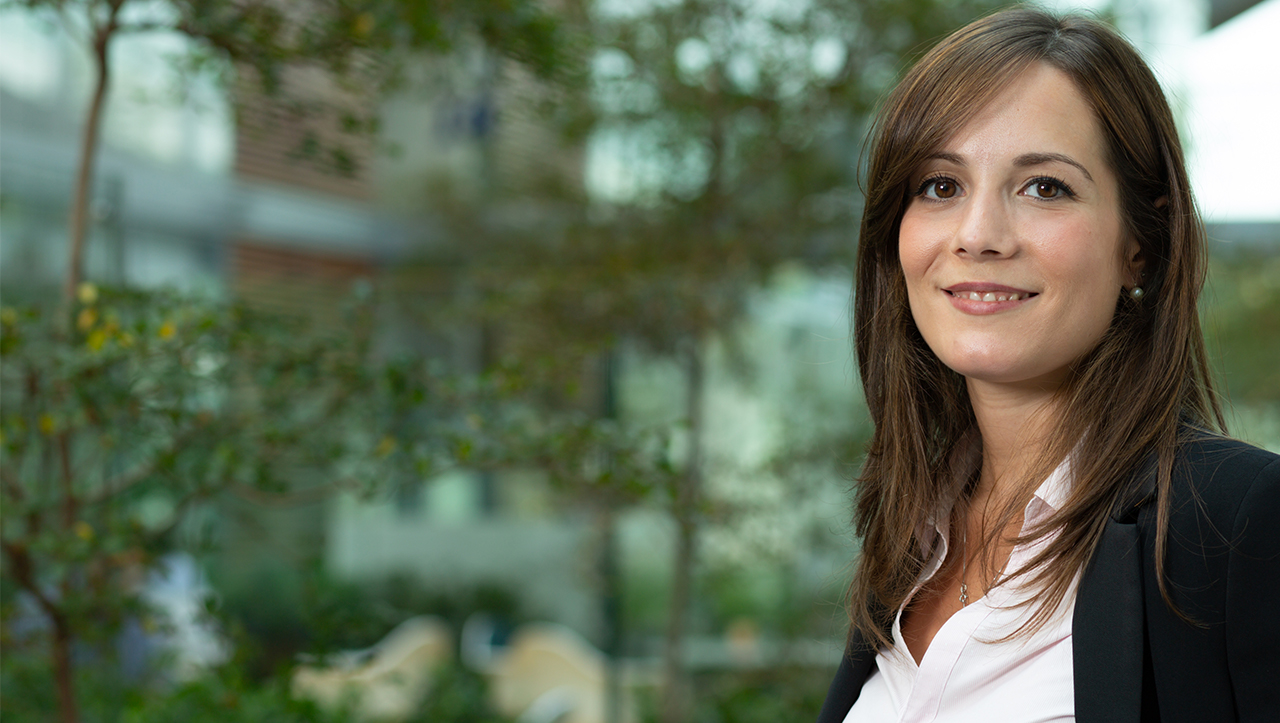
“Every day we try to improve our production process by changing something,” she explained in an interview. “And this is a practical part of our job because we interact with the machines to see if we are getting results.”
“Every day we try to improve our production process by changing something,” she explained in an interview. “And this is a practical part of our job because we interact with the machines to see if we are getting results.”

Irene Di Giambattista
Research and Development Engineer
Irene is a member of the FOS in-house R&D team, working for Valeria Caronna and with Stefano Grieco as part of the Business Unit Optical Fibers R&D, which invented advanced fibers applying for many patents. She works on deposition and consolidation, which are the first two steps of the production process at FOS.
On some days, perhaps a machine isn’t working just right, which can lead to waste, so Di Giambattista troubleshoots with a production technician to find a solution. On other days, she is poring over the Excel spreadsheets linked to the plant’s central IT system providing constant information about production parameters.
In addition to dealing with improving process and reducing cost, Irene and the R&D team work closely with headquarters on product research. FOS developed a new kind of fibre which has a better performance in terms of bend loss.
Di Giambattista is from Naples, and joined Prysmian 21 months ago shortly after taking her degree in material engineering from University of Naples Ferdinando II. She joined Prysmian’s Make It program a year after she was hired, and went immediately to Milan and then to Turkey for training.
FOS was built in the late 1970s as a joint venture between Pirelli, the cable and tire maker, and Sirti, a state-owned installer company. In 1983 it began to produce optical fibre using Corning’s Outside Vapor Deposition (OVD) under license.
The OVD process uses a flame to produce silica (which is the most common ingredient in sand and in glass) starting from a liquid. Small particles of silica soot are deposited on a rod rotating in a lathe, creating a white oblong shape called a “soot preform.” At this point, the soot preform has the consistency of powder, and will crumble if touched. After that, the preform is heated to form a solid tube of incredibly pure glass. Then it is inserted into the tall “drawing tower” where it is heated until it melts and drip by drop is formed into fibre, and rolled onto a bobbin. After that, it is sent to quality control testing. Then bobbins go to other Prysmian plants and other customers to be made into cables.
One of the first projects Di Giambattista worked on was to make improvements to lengthen the life of the huge vertical quartz oven used to consolidate the soot preform. The R&D team investigate new solutions to improve the chemical resistance of the oven, testing new materials and reactants.
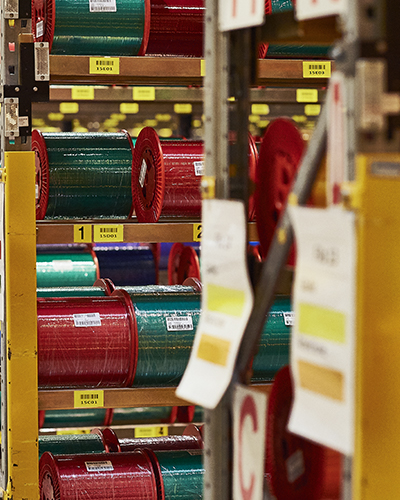
Data is fundamental to her job and to the factory, because it enables staff to understand if a production process is degenerating due to an error, and where to intervene. Even a single parameter can be important.
“When we talk about innovation, data will always be the starting point to figure out where and how to begin,” she says.
Di Giambattista is one of the women who work at FOS. According to Eurostat, of almost 18 million scientists and engineers in the EU in 2017, 59% were men and 41% women. Yet men were particularly overrepresented in high and medium-high technology manufacturing jobs like Di Giambattista’s (83% of scientists and engineers in such manufacturing were male). What advice would Di Giambattista give to other young women who are considering a career in engineering?
“I would encourage them,” she says. “I was welcomed when I arrived here. Whenever I need a favor or to do something quickly, we go down to the ovens and we just do it.”

Di Giambattista is one of the few women who work at FOS. According to Eurostat, of almost 18 million scientists and engineers in the EU in 2017, 59% were men and 41% women. Yet men were particularly overrepresented in high and medium-high technology manufacturing jobs like Di Giambattista’s (83% of scientists and engineers in such manufacturing were male). What advice would Di Giambattista give to other young women who are considering a career in engineering?
“I would encourage them,” she says. “I was welcomed when I arrived here. Whenever I need a favor or to do something quickly, we go down to the ovens and we just do it.”





